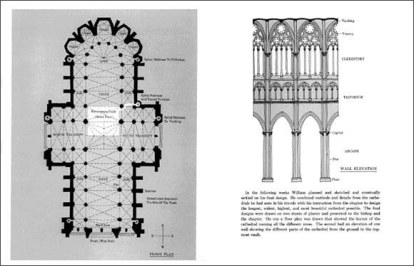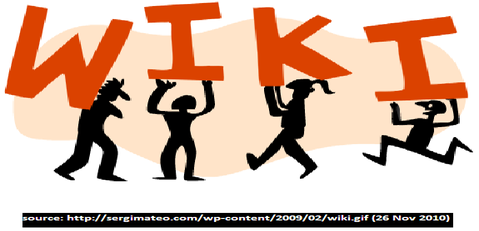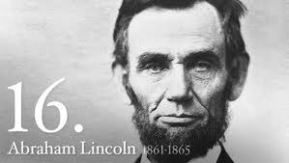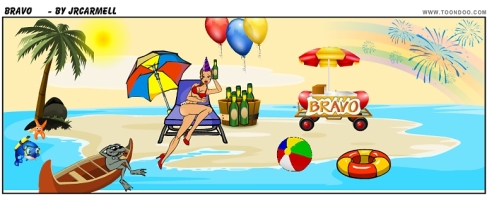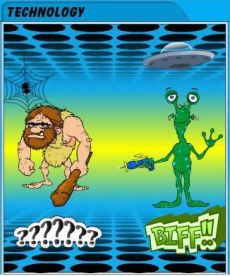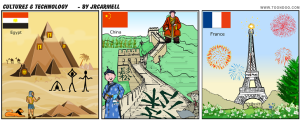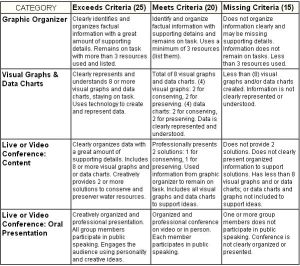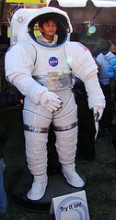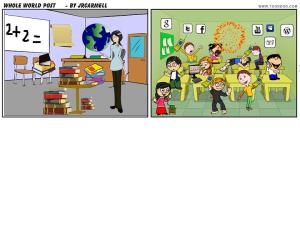Part One:
Book Information:
Macaulay, D. (1973). Cathedral: The Story of Its Construction. Boston, MA: Houghton Mifflin Company.
Genre: Informational Text, Common Core Exemplar, Children’s Literature
Grade Level: Independent Reading Level (grades 6-8). Read Aloud (grades 3-5).
Part Two: Response to the book: Predictions, thoughts about craft, connections, issues, or prompts.
 When I first googled this book, I was amazed by the cover image. I thought this book would have some detail provided about constructing Cathedrals, but I also thought it would be for lower grade elementary students. Once I started flipping through the pages, I saw the writing was pretty little, and the images were basically huge! Every single page is covered with detail in the images. In fact, there are probably more images than words in this book, yet still there was tons of information translated through words. I first read the preface and it discussed that The Cathedral of Chutreaux is imaginary, but the methods of construction were still
When I first googled this book, I was amazed by the cover image. I thought this book would have some detail provided about constructing Cathedrals, but I also thought it would be for lower grade elementary students. Once I started flipping through the pages, I saw the writing was pretty little, and the images were basically huge! Every single page is covered with detail in the images. In fact, there are probably more images than words in this book, yet still there was tons of information translated through words. I first read the preface and it discussed that The Cathedral of Chutreaux is imaginary, but the methods of construction were still
used by many. It also discussed that these Cathedrals were created during the 12th, 13th and 14th centuries. Remembering that technology was not near as advanced as where we stand today, they amount of labor, work, and time that went into building these Cathedrals is honestly epic! It is amazing how many people it took to create these, and all of the preparation they needed to even begin building. There is a part in the book that discusses one of the Superintendents (overlooking the construction processes) passed away after falling of a Scaffold. I actually thought
about this prior to this section, and wondered just how many risked their lives (because of the height) and unsafe measures taken to transport these ridiculously heavy resources. It is just amazing. And just imagine the amount of work that could even be completed in 1 day, when it took 2 or 3 hours to pull up a gigantic arch from the ground or enormous pieces of wood transported from Scandinavia. Wonderful resource for kids to learn about resources and how structures were created, especially Cathedrals.
Wow, this book makes me feel lazy, just sitting around reading about it.
Part Three: Critique of plot, setting, theme, style and point of view.
The images in this book were amazing! I couldn’t stop staring at all the detail that was present in the images. There was so much to look at, one could get lost in the clever little figures that were displayed. The use of lines were clearly used and provided so much detail to the artwork. Very fine lines were used, it almost looks like stitching. It was easy to contrast the important structures in the images, since the illustrator used only black and white. The scenes clearly captured the historical setting and true reflection of the middle ages. Costumes, hair, and backgrounds all displayed images related to the 12th, 13th and 14th centuries.
 There is so much information in here about Gothic Cathedrals! Not only does the author discuss the importances and why they were first created, but they also go into depth with how they were constructed. Each and every piece! They began with finding the resources, bringing in the resources, and showing how much hard labor was involved. it took years, nearly 200 to create the worlds tallest, longest, and widest Cathedral! The author not only discusses the resources, but the tools used with those specific resources, and how the resources were transported and put into place. As months and months go by in this textbook, it is pleasing to read the great amount of progress that took place when Cathedrals were built. Although these Cathedrals could take decades, they could also last possibly twice as long.
There is so much information in here about Gothic Cathedrals! Not only does the author discuss the importances and why they were first created, but they also go into depth with how they were constructed. Each and every piece! They began with finding the resources, bringing in the resources, and showing how much hard labor was involved. it took years, nearly 200 to create the worlds tallest, longest, and widest Cathedral! The author not only discusses the resources, but the tools used with those specific resources, and how the resources were transported and put into place. As months and months go by in this textbook, it is pleasing to read the great amount of progress that took place when Cathedrals were built. Although these Cathedrals could take decades, they could also last possibly twice as long.
This book is wonderful. It was well put together, and the images clearly compliment the text with detail. The book is easy to follow and engages the reader with the images. I can definitely see why this literature represents a a common core exemplar.
Washington National Cathedral in Washington, D.C.

Part Four: Lesson Plan / Activity Sketch
Common Core Standards Grade 6
CCSS.ELA-LITERACY.RL.6.4
Determine the meaning of words and phrases as they are used in a text, including figurative and connotative meanings; analyze the impact of a specific word choice on meaning and tone.
CCSS.ELA-LITERACY.RI.6.7
Integrate information presented in different media or formats (e.g., visually, quantitatively) as well as in words to develop a coherent understanding of a topic or issue.
CCSS.ELA-LITERACY.W.6.2.D
Use precise language and domain-specific vocabulary to inform about or explain the topic.
CCSS.ELA-LITERACY.SL.6.1.A
Come to discussions prepared, having read or studied required material; explicitly draw on that preparation by referring to evidence on the topic, text, or issue to probe and reflect on ideas under discussion.
CCSS.ELA-LITERACY.RH.6-8.3
Identify key steps in a text’s description of a process related to history/social studies (e.g., how a bill becomes law, how interest rates are raised or lowered).
CCSS.ELA-LITERACY.RH.6-8.4
Determine the meaning of words and phrases as they are used in a text, including vocabulary specific to domains related to history/social studies.
Discussion questions:
- How were Cathedrals constructed in the Middle Ages?
- Why were Cathedrals so big?
- What are Cathedrals used for, and what do they represent?
- Does the United States have Cathedrals?
- How do you think it would take to build these Cathedrals?
- What type of resources do you think they had? What types of resources do you think they used?
Objective:
- Students will understand the different types of resources used when building Cathedrals in the middle ages. (Some resources had to be shipped in from other countries, while others were provided on their own lands).
- Students will use the correct terminology/vocabulary when discussing the different parts.
- Students will be able to list/name the tools used and be able to discuss which resources they were used with. (Woodworking/Metalworking/Stone working/Blacksmiths)
- Students will be able to build their own floor plan/model on paper using the template in the textbook (pg.12).
- Students will understand the overall process and length of time to construct Cathedrals and related Structures.
- Students will construct their own Cathedral (in groups) from the floor plan map they created. They will model the display using any and all resources they have, so long as the structure carries the various symbols.
Lesson outline:
Begin with some of the discussion questions to pick out what students know about Cathedrals. Have the ever visited one? Have they ever seen one? Do a google search and start looking at some of the different Cathedrals around the world.
Begin reading the book. Students can either read the book themselves (over a period of time) or it can be read aloud as a class or from the teacher. To ensure students are grasping ideas, I would suggest the teacher read and discusses as they move along.
Once they book has been read, allow for an open discussion to recap on some of the main points. Why are Cathedrals important and how were they constructed so well in the middle ages? Other discussion questions can be used here as well.
Put students into groups. If you really want students to accomplish creative Cathedrals have then work in groups of at least 5 or 6. There is a glossary in the back of the book. Make sure they list some of the major vocabulary terminology used for Cathedrals and the different parts. These parts must be included in the creation of the floor plan and Cathedral structure. (Make it a requirement for students to include at least 10 terms.
Additionally, they will need to make a list of the different tools that are used and how they are used (with what resources; rock, wood, metal, glass). This will give students the knowledge they need to know how the Cathedral was structured.
Once they have their models and resources listed out, they will then begin constructing their real Cathedral structure. (Hint* you may want to have students start collecting resources or allow them some time to collect resources used for this project. There are 6 members in a group, they can each agree to bring something they find from around the house. Even sticks and leaves could be used!). Once the final project is complete students will display theirs to the rest of the class. Have then discuss some of the conflicts, or road blocks they came across. Did they run out of resources? Did they have enough time to construct it like they wanted exactly? Where there enough people to construct the model?
Links to outside resources:
1) Video of Building ancient Gothic Cathedrals. If you click on the picture, it will allow bring up the video. (It is almost an hour long, so this can be used to display to the whole class after reading the text and if more time is allowed).
Tiffiny, S. (n.d.). Building the Great Cathedrals. NOVA: Building the Great Cathedrals. Retrieved April 26, 2014, from http://www.pbs.org/wgbh/nova/ancient/building-gothic-cathedrals.html
2) This is a link to a shorter video on YouTube that discusses the construction of Gothic Cathedrals. The information in this video clearly outlines the textbook Cathedral: The Story of Its Construction, by David Macaulay.
David Macaulay – Gothic cathedrals. (n.d.). YouTube. Retrieved April 26, 2014, from http://youtu.be/xkfmK-CLvcc
3) This is a video I came across of someone who created a Cathedral through the Minecraft game. It is pretty remarkable what children are capable of. I found this interesting, and I think that students today could even be challenged with something like this as a side project.
Minecraft Epic Cathedral (2,082,348 Blocks used). (2012, October 30). YouTube. Retrieved April 26, 2014, from http://youtu.be/44jt-Fu19X4
4) This site can be really interactive as it provides virtual reality tours of various structures, including Cathedrals. Google Earth does allow users to create their own virtual tours and students love to interact with these tools. The Washington Monument is found in Washington, D.C.
Google Virtual-Reality Tours. (n.d.).National Cathedral.org. Retrieved April 26, 2014, from http://www.nationalcathedral.org/visit/onlineGoogle.shtml
5) BBC provides a number of interactive videos, games and quizzes on history. This interactive video allows students to view and read about the construction of an arch, made in a Cathedral. It additionally asks a series of questions and builds an arch if the student provides the correct answers. Many of the specific vocabulary is included.
Build An Arch Animation. (n.d.). BBC History. Retrieved April 26, 2014, from http://www.bbc.co.uk/history/interactive/animations/arch/index_embed.shtml
6) This is a website created by a teacher, which has some really great resources and ideas. This particular page discusses the middle ages for kids, so they can explore on their own. Additionally, there are a vast amount of resources for teachers and students found within the site.
Middle Ages for Kids – Cathedrals, Chapels, Churches. (n.d.). Medieval Europe.MrDonn.org. Retrieved April 26, 2014, from http://medievaleurope.mrdonn.org/cathedrals.html
7) Lastly, there is even a board game (unfortunately 2 player max) that students can play creating a Cathedral. This site explains the game and rules. Here is the site: http://www.cathedral-game.co.nz/intro.htm

